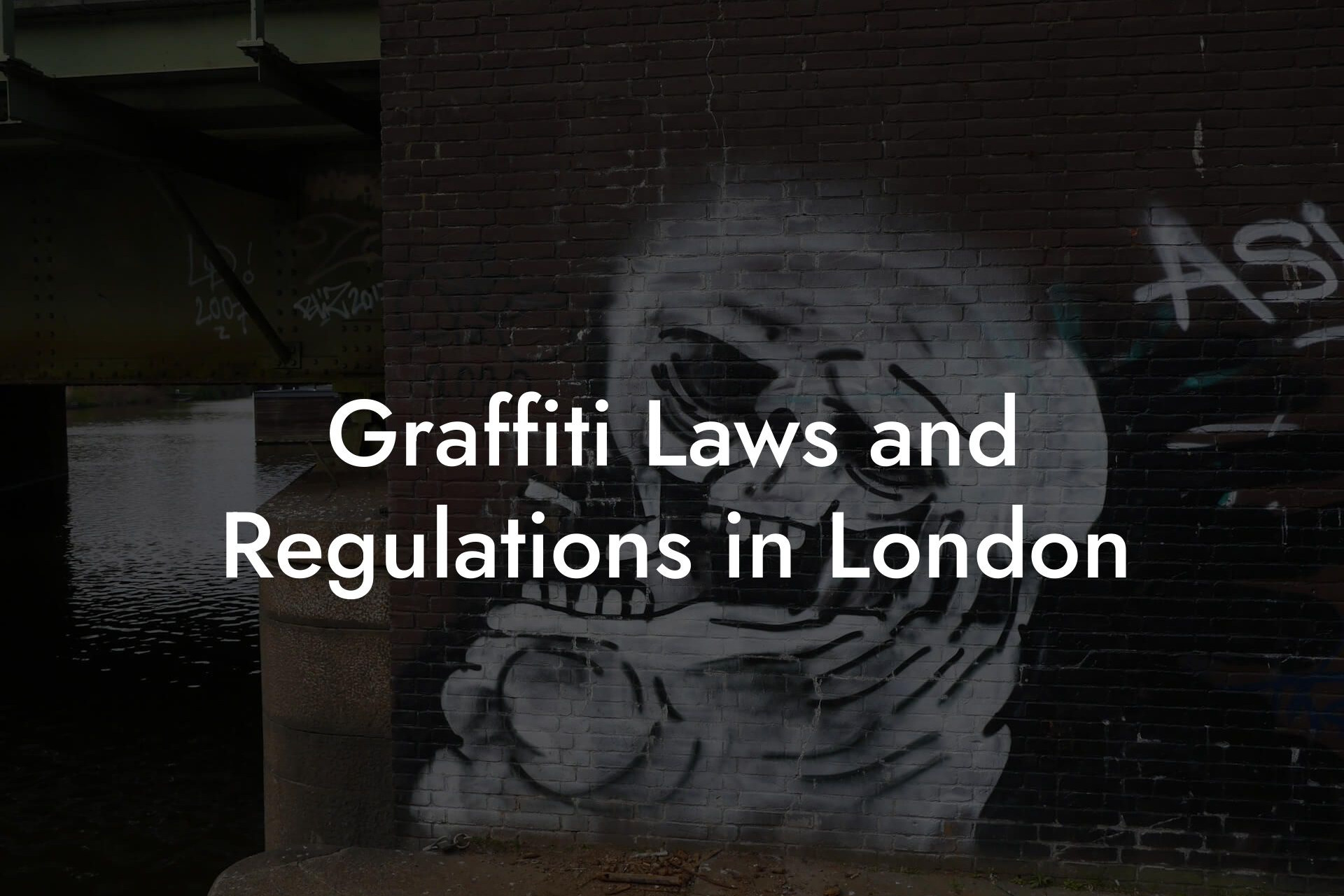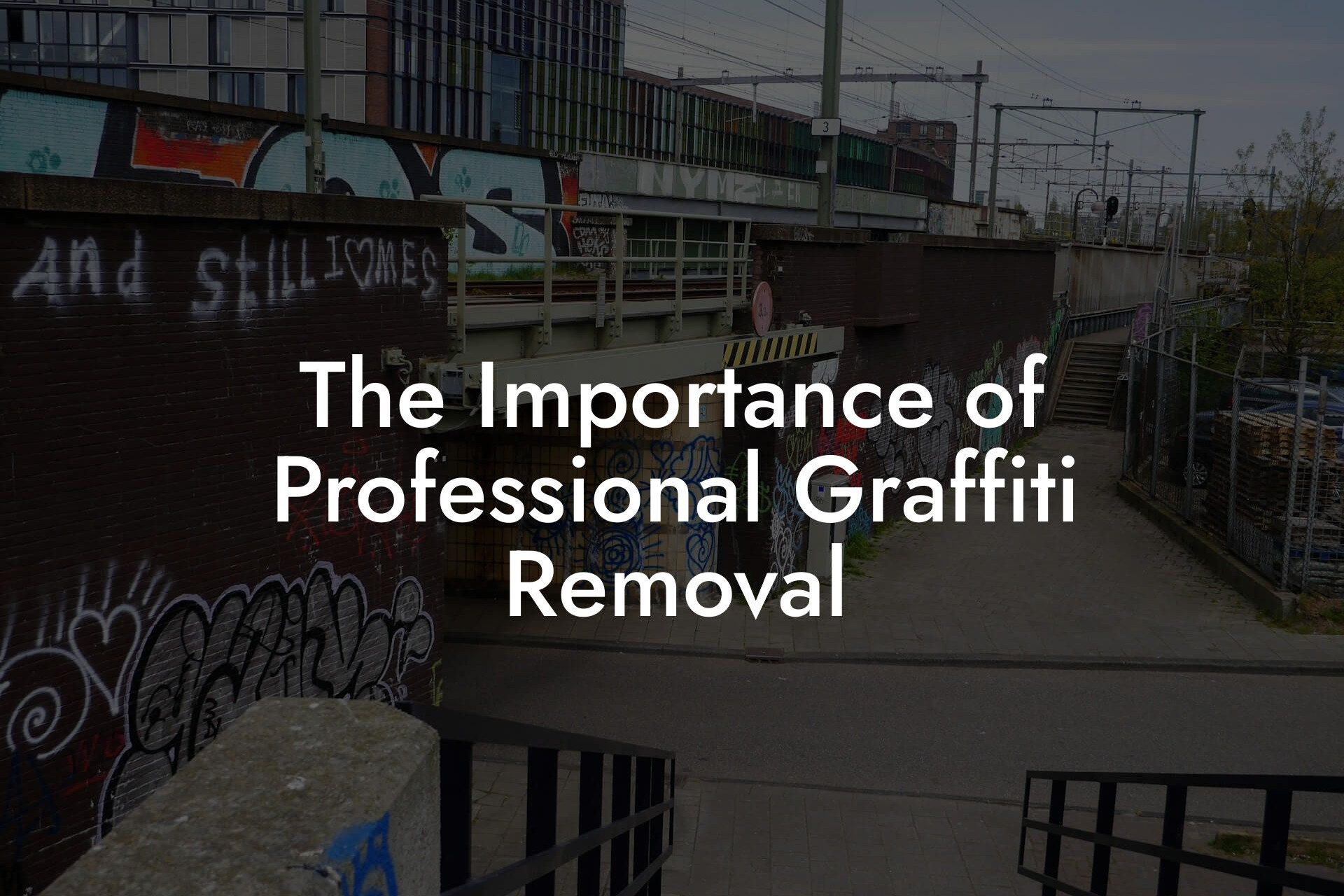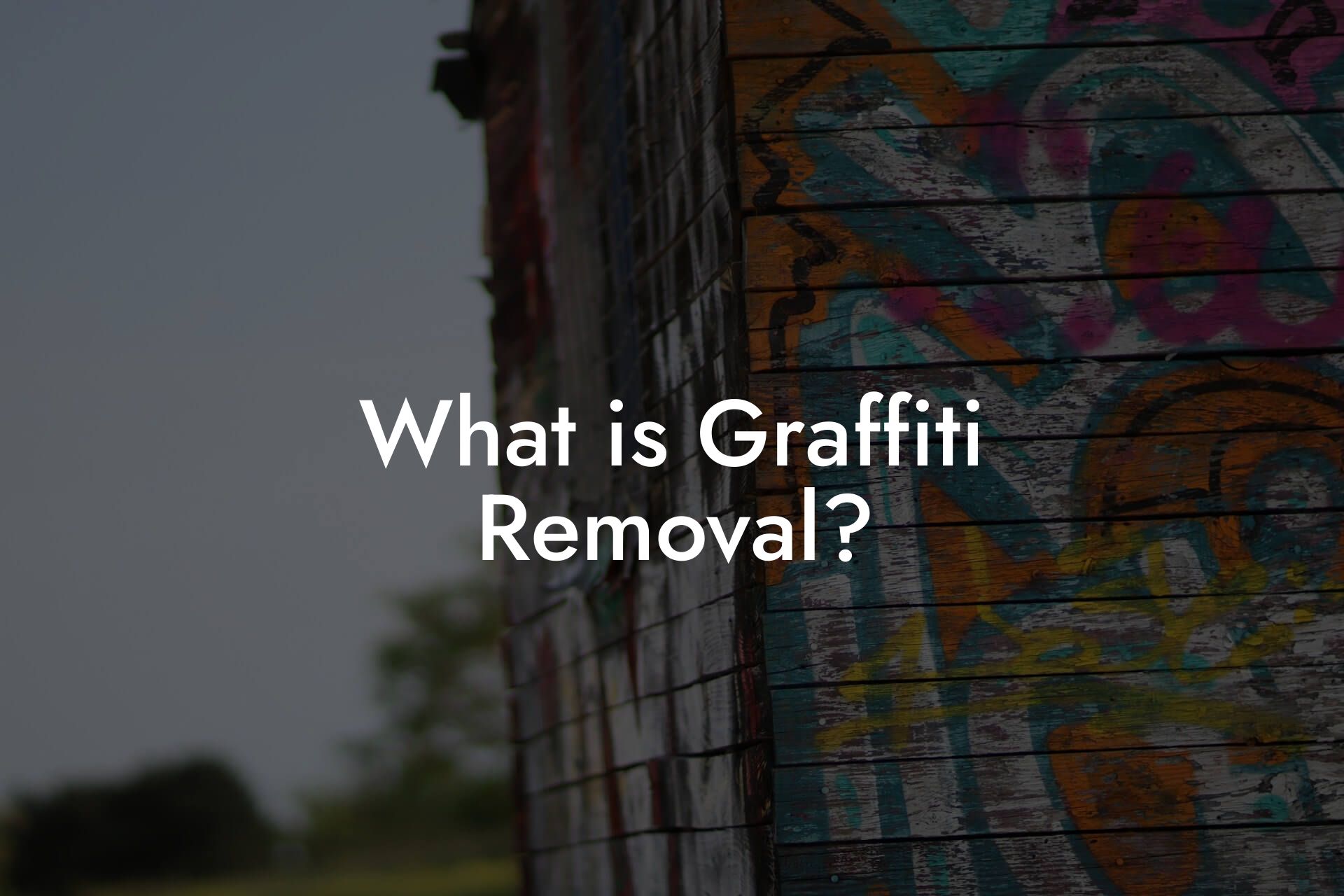Graffiti has a rich and complex history that spans thousands of years, with evidence of ancient civilizations such as the Egyptians, Greeks, and Romans leaving their mark on walls and buildings. However, the modern graffiti movement as we know it today began to take shape in the 1970s in New York City. It wasn't until the 1980s that graffiti started to gain popularity in London, particularly in the hip-hop scene.
Table of Contents
The Rise of Hip-Hop and Graffiti in London
In the early 1980s, London's hip-hop scene was thriving, with clubs and parties popping up all over the city. Graffiti became an integral part of this movement, with artists using walls and buildings as a canvas to express themselves and showcase their skills. The likes of Goldie, 3D, and Mode 2 were just a few of the pioneers who helped bring graffiti to the forefront of London's street art scene.
Graffiti as a Form of Self-Expression
Graffiti is often seen as a form of self-expression, a way for individuals to express their thoughts, feelings, and opinions. In the 1980s, graffiti in London was heavily influenced by the hip-hop movement, with artists using their work to comment on social and political issues. Graffiti became a powerful tool for marginalized communities to voice their concerns and challenge the status quo.
The Golden Age of Graffiti in London
The 1990s are often referred to as the "Golden Age" of graffiti in London. This was a time when graffiti artists were pushing the boundaries of what was possible, experimenting with new styles, techniques, and materials. The likes of Banksy, Shepard Fairey, and Blek le Rat were just a few of the artists who emerged during this period, leaving their mark on the city's streets.
The Crackdown on Graffiti in London
As graffiti continued to spread across the city, authorities began to take notice. In the early 2000s, the British Transport Police launched a crackdown on graffiti, with many artists facing fines and even imprisonment. This led to a decline in the number of graffiti artists operating in London, with many turning to more legitimate forms of street art.
The Evolution of Graffiti in London
Despite the crackdown, graffiti continued to evolve in London. The rise of stencil art, led by the likes of Banksy, saw a shift towards more political and thought-provoking work. The use of stencils allowed artists to create intricate and detailed designs, often with a strong message or commentary.
Graffiti Removal in London
As graffiti continued to spread across the city, the need for effective removal methods became increasingly important. At Graffiti Removal London, we specialize in removing graffiti and vandalism from commercial properties, using the latest techniques and equipment to restore surfaces to their original state. Our team of experts has years of experience in graffiti removal, ensuring that your property is left looking its best.
The Future of Graffiti in London
Today, graffiti remains a controversial and complex issue in London. While many see it as a form of artistic expression, others view it as vandalism and a blight on the city's streets. As the city continues to evolve, it will be interesting to see how graffiti adapts and changes. One thing is certain, however – graffiti will continue to play an important role in London's street art scene, and at Graffiti Removal London, we will be here to help keep the city's streets clean and graffiti-free.
Graffiti has a rich and complex history in London, from its early days in the 1980s to the present day. From its roots in hip-hop to its evolution into a powerful form of self-expression, graffiti has played an important role in the city's street art scene. As a business, we understand the importance of keeping the city's streets clean and graffiti-free, and we are committed to providing our clients with the best possible service. Whether you're a business owner, property manager, or simply a concerned citizen, we hope this article has provided you with a greater understanding of the history of graffiti in London.
Frequently Asked Questions
What is the history of graffiti in London?
Graffiti has a rich history in London, dating back to the 1960s and 1970s when it emerged as a form of artistic expression and social commentary. Over the years, graffiti has evolved, and today it's a complex and multifaceted phenomenon that can be both beautiful and problematic.
Why is graffiti a problem in London?
Graffiti can be a problem in London because it can be considered vandalism, damage to property, and a blight on the city's aesthetic. It can also be a sign of neglect and decay, and can contribute to a sense of disorder and lack of community pride.
What is the difference between graffiti and street art?
While both graffiti and street art involve creating artwork in public spaces, the key difference lies in their intent and legality. Graffiti is often illegal and can be considered vandalism, whereas street art is often commissioned or permitted by the property owner and can be a valuable addition to the urban landscape.
What are the most common types of graffiti found in London?
The most common types of graffiti found in London include tagging (quick, scribbled signatures), throw-ups (larger, more elaborate signatures), and murals (large-scale, often commissioned artworks).
Why do people create graffiti?
People create graffiti for a variety of reasons, including self-expression, rebellion, political statement, and artistic expression. Some may also do it for the thrill or to gain notoriety.
Is graffiti illegal in London?
Yes, most forms of graffiti are illegal in London, unless they are specifically commissioned or permitted by the property owner. The British Transport Police and the Metropolitan Police Service take graffiti seriously and can issue fines or even prosecute offenders.
What are the penalties for creating graffiti in London?
The penalties for creating graffiti in London can range from fines to community service to imprisonment, depending on the severity of the offense and the individual's prior record.
How can I report graffiti in London?
You can report graffiti in London to the local authorities, such as the council or the police, or to the property owner directly. You can also report it to us at Graffiti Removal London, and we'll work with the relevant authorities to get it removed.
How do I remove graffiti from my property?
Removing graffiti from your property can be a daunting task, but it's essential to do it quickly to prevent further damage and to maintain your property's value. You can try to remove it yourself using specialized products, or you can hire a professional graffiti removal service like ours.
What methods do you use to remove graffiti?
At Graffiti Removal London, we use a variety of methods to remove graffiti, including chemical removal, pressure washing, and abrasive cleaning. We always assess the surface and the type of graffiti to determine the most effective and safest removal method.
Can I remove graffiti myself?
While it's possible to remove graffiti yourself, it's not always recommended. Without the proper equipment, training, and experience, you may damage the surface, spread the graffiti, or even injure yourself. It's often better to hire a professional graffiti removal service like ours.
How long does it take to remove graffiti?
The time it takes to remove graffiti depends on the size, location, and type of graffiti, as well as the surface it's on. At Graffiti Removal London, we strive to remove graffiti as quickly as possible, often within a few hours or days, depending on the complexity of the job.
How much does it cost to remove graffiti?
The cost of removing graffiti varies depending on the size, location, and type of graffiti, as well as the surface it's on. At Graffiti Removal London, we offer competitive pricing and will work with you to find a solution that fits your budget.
Can I prevent graffiti on my property?
Yes, there are several ways to prevent graffiti on your property, including installing security cameras, improving lighting, and using anti-graffiti coatings or paints. You can also work with local authorities and community groups to prevent graffiti in your area.
What is the best way to prevent graffiti?
The best way to prevent graffiti is to create an environment that discourages it, such as by improving lighting, increasing surveillance, and engaging with the local community. You can also use physical barriers, such as fences or walls, to prevent access to areas prone to graffiti.
Can I report repeat offenders?
Yes, if you notice that a particular individual or group is repeatedly creating graffiti in your area, you can report them to the authorities. At Graffiti Removal London, we work closely with the police and local authorities to identify and prosecute repeat offenders.
How can I get involved in preventing graffiti in my community?
You can get involved in preventing graffiti in your community by working with local authorities, community groups, and businesses to educate people about the negative effects of graffiti and to promote alternative forms of artistic expression.
What are some alternative forms of artistic expression?
Alternative forms of artistic expression include legal street art, murals, and community art projects. These can provide a positive outlet for creativity and self-expression, while also contributing to the beauty and vibrancy of the urban landscape.
How can I learn more about graffiti removal and prevention?
You can learn more about graffiti removal and prevention by visiting our website, attending community events, and talking to local authorities and experts in the field. At Graffiti Removal London, we're happy to provide information and guidance to help you deal with graffiti in your area.
What sets Graffiti Removal London apart from other graffiti removal services?
At Graffiti Removal London, we're dedicated to providing fast, effective, and environmentally friendly graffiti removal services. Our team of experts has years of experience, and we use only the latest equipment and techniques to ensure that your property is restored to its original state.
Why should I choose Graffiti Removal London?
You should choose Graffiti Removal London because we're a trusted, reliable, and experienced provider of graffiti removal services in London. We're committed to delivering exceptional results, and we'll work with you to find a solution that meets your needs and budget.
Toby Doherty
Toby Doherty is a seasoned graffiti removal expert with over 20 years of experience in the industry. Throughout his career, Toby has helped countless businesses and property owners in London maintain clean, graffiti-free spaces. His extensive knowledge of graffiti removal techniques, from eco-friendly solutions to advanced technologies like laser cleaning, makes him a trusted authority in the field. Passionate about restoring urban environments, Toby combines his hands-on expertise with a commitment to staying up-to-date on the latest industry trends and innovations. When he’s not out in the field, Toby shares his insights through detailed articles, offering practical advice on everything from graffiti prevention to legal considerations.



